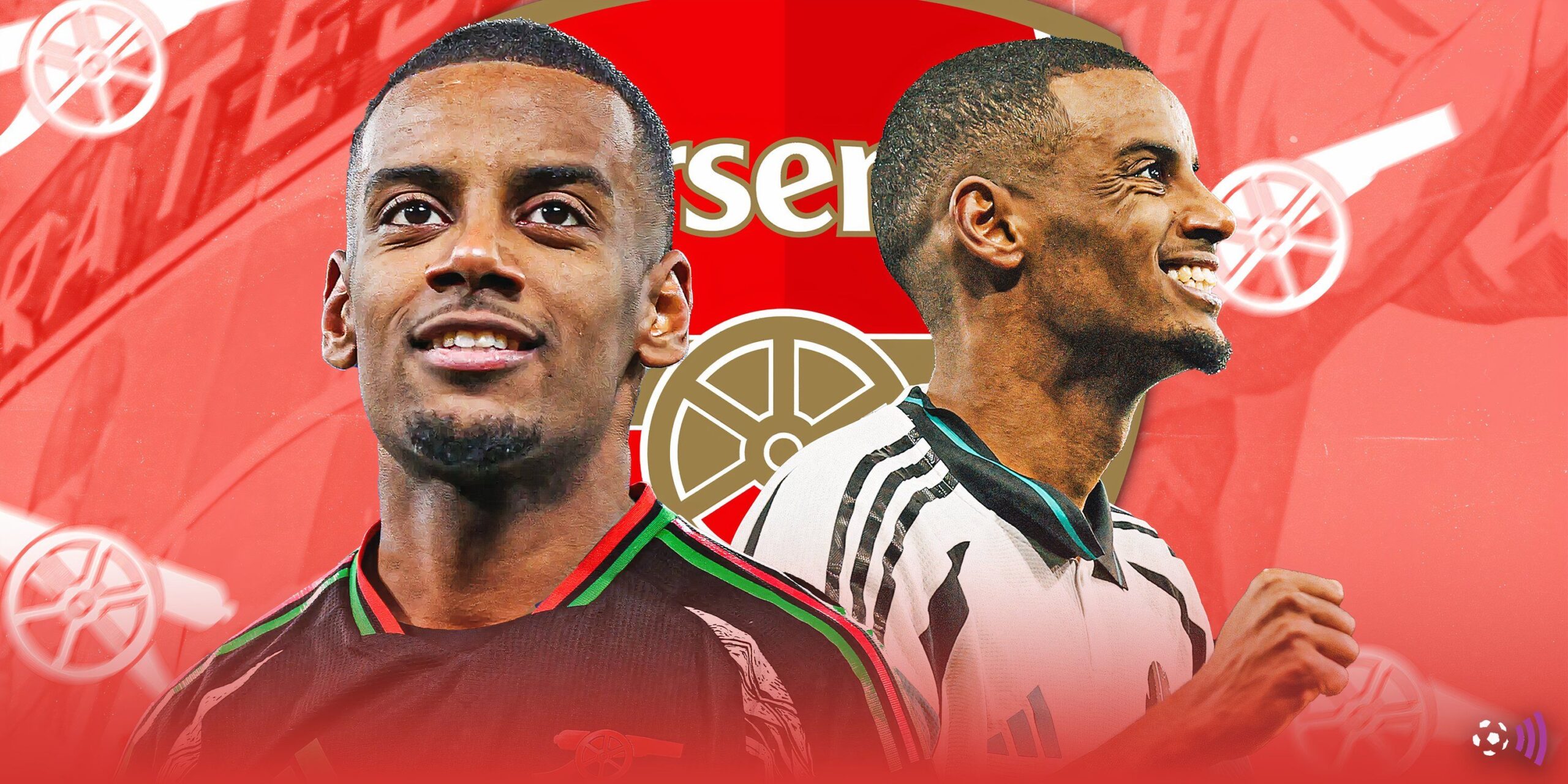Since Nico Harrison’s remarks, there has been growing speculation that the Dallas Mavericks might trade Anthony Davis and start reshaping their team around Cooper Flagg. Many believe this is the right move, but significant developments must happen before serious talks about trading Davis can proceed.
Several teams, including the Knicks, Warriors, Bulls, and Kings, have expressed interest in Davis, yet crafting a mutually beneficial trade is extremely complex. Also, an offer must come from another team first.
Davis is currently sidelined with a calf strain and hasn’t played for 10 games. Coach Jason Kidd confirmed he will be out for at least another week, with the extended break supported by Dallas’ top health officials. Before considering trades, Davis must show he can play consistently at a high level, according to league sources and NBA insider Marc Stein, who noted that Davis needs to prove sustained productivity in December and January to attract desirable trade offers.
Another key point is Dallas’ front office situation. Interim co-general managers Michael Finley and Matt Ricciardi are temporarily in charge while a search for a permanent GM is underway. This new GM will likely want input on any Davis trade, making this decision a carefully managed process. Also, Dallas wants to see how a healthy Davis performs alongside Kyrie Irving (also injured) and Cooper Flagg before making any moves. While some may disagree with this approach, it is a consideration.
Regarding finances, Davis is in the first year of a three-year, $175 million extension, earning $54.1 million this season, with a $58.5 million guaranteed salary next year and a $62.8 million player option for 2027-28. He’s likely to decline this option in favor of a new contract, potentially extending through 2029. This hefty salary is a major challenge for teams considering acquiring him, especially since Dallas aims to reduce payroll to avoid luxury tax penalties, complicating trades with tax-sensitive teams like the Knicks and Warriors.
Analyzing potential trade destinations:
Chicago Bulls: Though Davis’ hometown is Chicago, Bulls GM Arturas Karnisovas rarely trades midseason. The Bulls are pivoting towards youth, which conflicts with acquiring a 32-year-old Davis on a win-now deal. Also, convincing Davis to play center, which he prefers less, may be difficult.
Golden State Warriors: They fit the profile for investing in established stars like Davis but face salary cap constraints and would have to give up key players and picks in a complex trade. Chemistry factors, especially involving Draymond Green, further complicate a potential deal.
New York Knicks: A trade here is unlikely. While swapping Davis for Karl-Anthony Towns might match salaries, the Knicks prefer their current roster and lack quality picks to sweeten a deal.
Minnesota Timberwolves: This is a possible scenario centered on Rudy Gobert and Mike Conley, with Dallas seeking young talent like Rob Dillingham. It depends on how Minnesota values Dillingham and their urgency to win now.
Los Angeles Clippers: Although eager to win in the Kawhi Leonard era, the Clippers would have to part with several players and a future first-round pick. The franchise seems more inclined to rebuild than commit to another expensive star.
Toronto Raptors: This appears the most promising. The Raptors started well, have new management, and might see Davis as an upgrade. A proposed deal involves sending RJ Barrett, Jakob Poeltl, Jacoby Walter, and two first-round picks to Dallas. This would pair Davis with promising Raptors talent and could be an exciting fit.
Other teams like Detroit and Miami have been mentioned but face issues with fit and value. The Kings and Suns, aiming to rebuild, likely won’t pursue Davis.
Fan Take: This discussion around Anthony Davis and the Mavericks is significant because it highlights how teams balance star talent, health, financial constraints, and long-term strategy. For basketball fans, it signals potential seismic shifts in team compositions that could reshape the league’s competitive landscape in the coming years.



